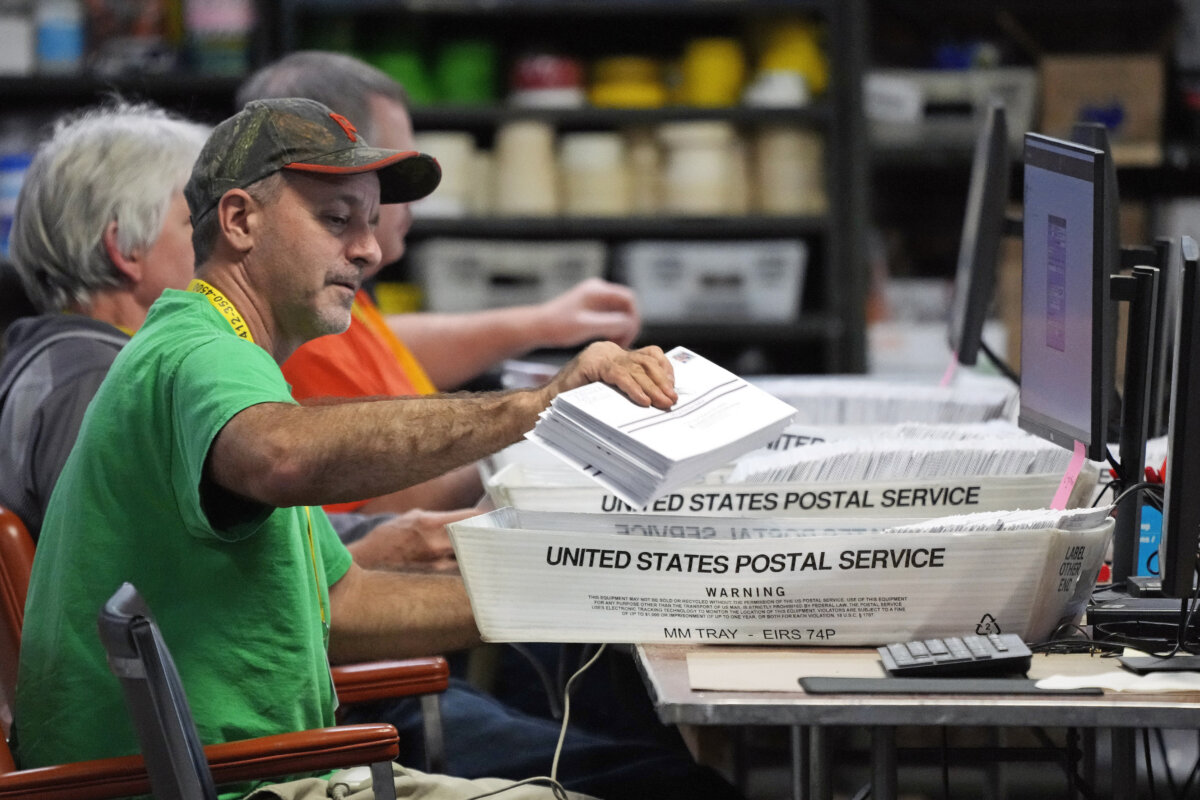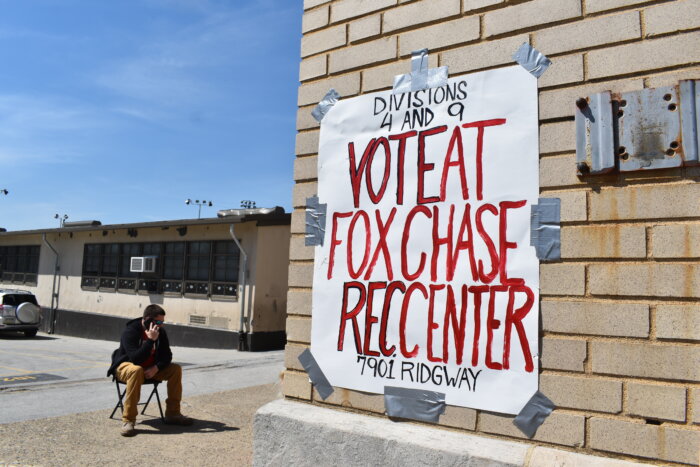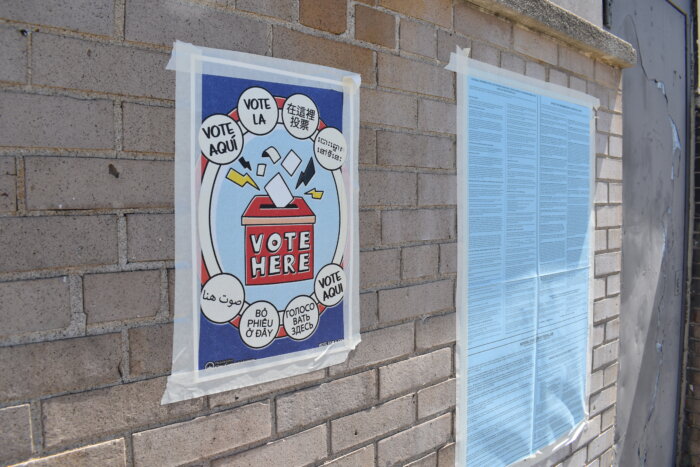By MARK SCOLFORO Associated Press
HARRISBURG, Pa. — A form Pennsylvania voters must complete on the outside of mail-in ballot return envelopes has been redesigned, but that did not prevent some voters from failing to complete it accurately for this week’s primary, and some votes will not count as a result, election officials said.
The primary was the first use of the revamped form on the back of return envelopes that was unveiled late last year amid litigation over whether ballots are valid when they arrive to be counted inside envelopes that do not contain accurate, handwritten dates.
The most recent ruling was a 3rd U.S. Circuit Court of Appeals panel’s decision last month that upheld the date mandate. The groups and individuals who sued to challenge the requirement are currently asking the full 3rd Circuit to reconsider the matter.
Pennsylvania Secretary of State Al Schmidt said at an election night news conference that his agency will be following the county-by-county vote tabulation to see how many ballots get thrown out as a result. That will help determine whether the new design did more harm than good.
The new design provides blanks for the month and day and has voters complete the last two numbers of the year. The forms prompt voters with a preprinted “20” and requires them to complete the year by adding “24.”
“I think we’ve received a lot of positive feedback” about the redesign, Schmidt said, “and I’m confident it will result in fewer voters making unintentional, minor errors that are, however, defective in nature.”
The American Civil Liberties Union of Pennsylvania, which represents several voter groups in the federal litigation, has said more than 10,000 ballots in the state were disqualified in 2022 based on what opponents of the mandate consider to be a meaningless paperwork error. Older voters are disproportionately more likely to send in ballot envelopes with incorrect or missing dates. Democrats use mail-in voting far more than Republicans in Pennsylvania.
Votebeat Pennsylvania reported Monday that a top state election administrator told counties in an email last week they should count ballots “if the date written on the ballot can reasonably be interpreted to be ‘the day upon which (the voter) completed the declaration.'”
Lycoming County is not following that advice, and county Elections Director Forrest Lehman said his experience during the primary suggests the changes have not helped get more votes counted.
“I’m sure there may be some counties out there that are choosing to count these, but there are also a lot that aren’t,” Lehman said. “And there’s simply no denying that the design of these envelopes has created a new way to record a date that instantly became a huge percentage of all the incorrect dates.”
During the 2022 primary, Lycoming County set aside 49 mail ballots. This month, Lycoming set aside 48, among them 22 with incorrect dates. Half of those were invalidated because the voter did not write the last two digits of the year.
“Whatever they thought this would accomplish in terms of changing voter behavior, it didn’t change a thing,” he said, except that counties had to buy new envelopes.
Berks County set aside 91 mail-in primary ballots for having incorrect return envelope dates, 32 for lacking a date and 129 for not being signed or having someone — typically a spouse — sign another’s ballot. Berks saw nearly 52,000 total votes cast, including more than 16,000 by mail.
By the time the outer envelope email from the Department of State arrived last week, Berks County spokesperson Stephanie Nojiri said, officials there had already decided to count those that lack the “24” for the year because the new envelopes were all printed in 2024.
Allegheny County had already received nearly 1,400 incorrect ballots when officials there received the new advice from the state on Friday, said spokeswoman Abigail Gardner. The most common problem was a lack of the “24” year.
Allegheny election workers had been contacting voters by mailing back their ballots with letters that explained why, and about 800 were corrected. After receiving the Department of State guidance, the county began simply counting those without the “24″ on the date portion of the envelopes.
































